Bad endings are an interesting example of convergent evolution in the history of the game narrative. It appears across various genres as an early example of player choice. In games such as Double Dragon or Dragon Quest for the NES, the player is provided with the end-game choice to join the villain, resulting in an ending where the protagonist is miserable and the world falls into ruin. These ideas would be later fleshed out most prominently through the visual novel genre, which uses the potential of these endings to increase player engagement in the narrative, leading to a stronger emotional connection than a standard, linear story.
The bad end is differentiated from a standard “game over” screen by the feeling of fatalistic finality. A “game over” is the player, or character, making too many short-term mistakes, which results in the game locking the player out of pushing forward the narrative. A game over is not synonymous with the game being “finished”, and does not provide any narrative closure. Meanwhile, a bad end is a definitive conclusion of a game’s narrative brought about by long-term poor decision making – the expectation is that the player upon reaching a bad end shuts the game down and starts anew (or at least, reloads back a few saves to address their hubris). Sometimes the game will simply plaster “bad end” onto the screen and kick the player out. Other times, players might receive an ending that’s bittersweet, with the hint of a possible better resolution on the horizon. Even more rarely, the ending the developers intended to be the bad end is instead embraced by the game’s audience, seen as equally or more valid than the canonical good ending.
Bad ends often do function as legitimate, if deliberately unsatisfying, resolutions to a game’s narrative. They make sense in the world of the story, as a “what if” scenario if the protagonist just happened to make the worst possible decisions at every juncture. Many visual novels even include elements of time travel or parallel universes, to justify protagonists that remember everything from past bad endings. From a storytelling perspective, this becomes a highly useful technique. It allows the developer to explore multiple dimensions of a character, rewarding the player’s curiosity and delivering a story that holds up to scrutiny for multiple angles. It holds the player responsible for the way that they play and makes the golden ending feel like a culmination of their efforts.
The bad endings provide information
In many visual novels, the player is given a bad end early on, to trickle down clues about the wider narrative. Upon starting any VN, players are dumped into the game’s world innocent and unaware of the consequences of their actions, which allows developers to use bad endings as an opportunity to world-build and teach players about the stakes that they’re dealing with.
In the “death game” Zero Escape series, the protagonists find themselves in a locked-room mystery, forced to complete a series of esoteric puzzles with the threat of explosives planted inside them. At various points in the story, the player must choose different ways to split up nine characters, unknowing of which ones are trustworthy and which ones might seek to betray the party. The game is built around the premise that no one has to die, so each death that does occur in a playthrough becomes blood directly on the player’s hands. Each bad ending reveals a little more information – what each character’s true motivations are, and what they might do if they snap. These gruesome situations teach the player how to navigate the challenges of the Nonary Games, and push them forward to deduce the path to the “true ending” on their own.
The same idea is used to comedic effect in Fate/Stay Night, where the protagonist can be graphically killed only to be sent to the Tiger Dojo where NPCs berate the player for their terrible decision making. For a story the length of one of the Nasuverse games, bad endings remind players that the stakes are always high, and there’s no time for complacency. But the Tiger Dojo scenes themselves teeter between reality-TV-show style mockery, and helpful advice to avoid a grisly death on the next run. These scenes flesh out the world of the game and teach the player to make wiser decisions going forward and break the tension of the otherwise deadly serious tone of the bad endings.
The bad ending punishes inattentiveness
People often complain about how much reading is involved with the visual novel genre, and so developers have made it easy for players. Despite being a genre that, by definition, is focused on the narrative, it’s easy for players to skip past dialogue and exposition with convenient autoplay features in most modern VNs. The games that aim to provide complex and involving plots often use bad endings as motivation for players to more closely pay attention. They deepen the importance of each player choice, to make even the smallest details and motifs have significance in the overall narrative.
For a visual novel like Steins;Gate, which takes its pseudoscientific theming absolutely seriously (despite also being quite absurd about it), the potential for bad ends forces players to examine the narrative more closely and comprehend the nonlinear narrative in terms of cause and effect. The game follows Okabe and his recruited Lab Members at the Future Gadget Lab, who accidentally discover a way to send messages into the past while trying to cook food in a microwave. A core theme of the game is the Butterfly Effect in relation to time travel, so it’s only fitting that the game’s endings are achieved through meticulous attention to detail. Steins;Gate is unusual in that the narrative branches occur based on whether or not the player reads and responds to certain text messages, accessed from a menu rather than integrated within the main narrative. This is vastly different from the usual telegraphed dialogue choices we come to expect from visual novels. Players will likely set off a good number of event flags before even realising that they’re making lasting choices, and it’s natural that the player will hit a bad ending on their first go. To play Steins;Gate without a walkthrough can be maddening, and many players took to actually penning down notes as they experimented with the game’s branching timelines to finally find a solution in which tragedy doesn’t strike.
This approach is also used to great effect in the small open-world of Persona 4, as a JRPG that was heavily influenced by visual novel techniques. In that game, the developers encourage the player to better max out their Social Links by engaging with the townsfolk. As a result of Atlus’s murder-mystery plot (and it’s a marvel that we haven’t seen more murder-mystery-themed JRPGs), the player must suss out every detail to make the proper decision at the end of the game. Unlike those early JRPGs, it’s not just the big boss asking the player if they want to be evil. In Persona 4, the responsibility of making the correct decision has implications that are far more complex and nuanced than that. And for a game as filled with red herrings as this one, the existence of bad endings makes the world feel complex and unpredictable. Avoiding the bad endings of Persona 4 requires the player to engage with the game’s themes of looking beyond outward appearances and understanding the true self and finding value in even the parts of us we might hate.
The bad endings explore depravity & the dark side of humanity
Visual novels are also a genre known for often featuring transgressive themes, pushing the boundaries of taste when it comes to violence and morality. The use of bad endings as a narrative device allows developers to explore territory that other mediums couldn’t touch. The standard hero’s journey trope of the protagonist being pushed to the brink of death before undergoing a rebirth, is so expected that there’s little power or drama to be seen from these standard, linear stories. By contrast, anything could happen in a VN with bad endings – there are no limits to the kinds of shocking, disturbing or confronting resolutions the player might stumble into.
In what has become a rather infamous game and anime, School Days plays with the idea of the shocking bad ending being just as memorable as a happy end. The game sees players taking the role of ordinary high school student Makoto Ito, with the rather unrelatable problem of having two girls into him at the same time. Whereas most dating sims force players to make a choice on who they end up with, School Days lets players role-play as a manipulative bastard who dates both girls (and other side characters) simultaneously.
As a result, the game rewards players with endings that punish the protagonist for his lust. Although School Days does also have happy endings in which no characters die, popular culture has deemed the game as ultimately a cautionary tale about the dangers of emotional manipulation, and not knowing when a kind person might snap when pushed too far.
Things get even more horrific in Nitroplus’s Saya no Uta, in which the protagonist develops a strange cognitive disease that makes him perceive his surroundings as horrifying, rancid flesh, and all the people around him as fleshy monstrosities. Amidst all this he meets and falls in love with Saya, a girl who appears normal to him, but in reality, is an extra-dimensional terror with the goal of eradicating humanity. Saya no Uta’s bad endings subvert the romantic VN sim genre by presenting catalogues of potential apocalyptic scenarios, delivering a uniquely memorable cosmic horror narrative that somehow runs parallel to a romance and protagonists that are simultaneously nightmarish and vile, and yet also sympathetic and even relatable. The player feels the bleakness of the game’s themes once they’re forced to take ownership of their choices, and recognise just how much despair an entity like Saya might cause the human race.
Only after experiencing the bad ending, is the narrative truly “complete.”
Bad endings can do far more than shock and confront players. In modern VN design, bad endings are often unavoidable, but factor into the overall completion of a narrative. Bad endings are used to illustrate to players everything they have the potential to lose, and their existence makes the eventual golden ending so much sweeter.
Clannad is often cited as one of the most tear-inducing games, with a true ending locked behind multiple bad endings that plumb the depths of human despair. It’s also one of the longest works in the genre, clocking in at over a million words – and each of them must be read before the true ending is unlocked. In a way, it’s like reading eight consecutive romance novels, ending in various tragedies, until the player has seen the protagonist from every potential angle. Only then does the “proper” ending become available, and as a result, it feels earned.
Clannad’s protagonist Tomoya is held back by family trauma and a schooling system prejudiced against perceived delinquents. He’s not offered much help by those around him, and the game suggests that it’s his responsibility to reach out and open himself up to the idea of healthy relationships, even if that means putting himself at risk of experiencing the feeling of loss once again. Key Visual Arts’ use of bad endings in all of its games, but especially Clannad, forces the player to feel vulnerable. They represent all of the different possibilities and outcomes which could have existed in his life – each of the personal weaknesses and biases he had to overcome to eventually break the cycle of neglect he faced from his own upbringing.
With the weight of all the bad endings behind the player, the final ending becomes a celebration of the love and perseverance learned across multiple lifetimes.
The bad ending has become a useful and expected component of modern VN design as it affords developers much more freedom with the kinds of narratives they can craft to audiences. By breaking the traditional writing rules of expectations and payoffs, developers often use bad endings to subvert our expectations wildly, leading to narratives that always feel tense, meaningful and unpredictable. A well-designed bad ending has the potential to thrill audiences, punish inattentive reading and deliver emotional experiences that both challenge and uplift. So while the true ending might have the most satisfying emotional payoff, we often more vividly remember the times our favourite Visual Novels have left us bruised, bloodied and desolate.
Please note: This was originally published in the October 2021 Dee Dee Zine. As we’re no longer publishing that magazine, we have republished it here to preserve it for posterity.
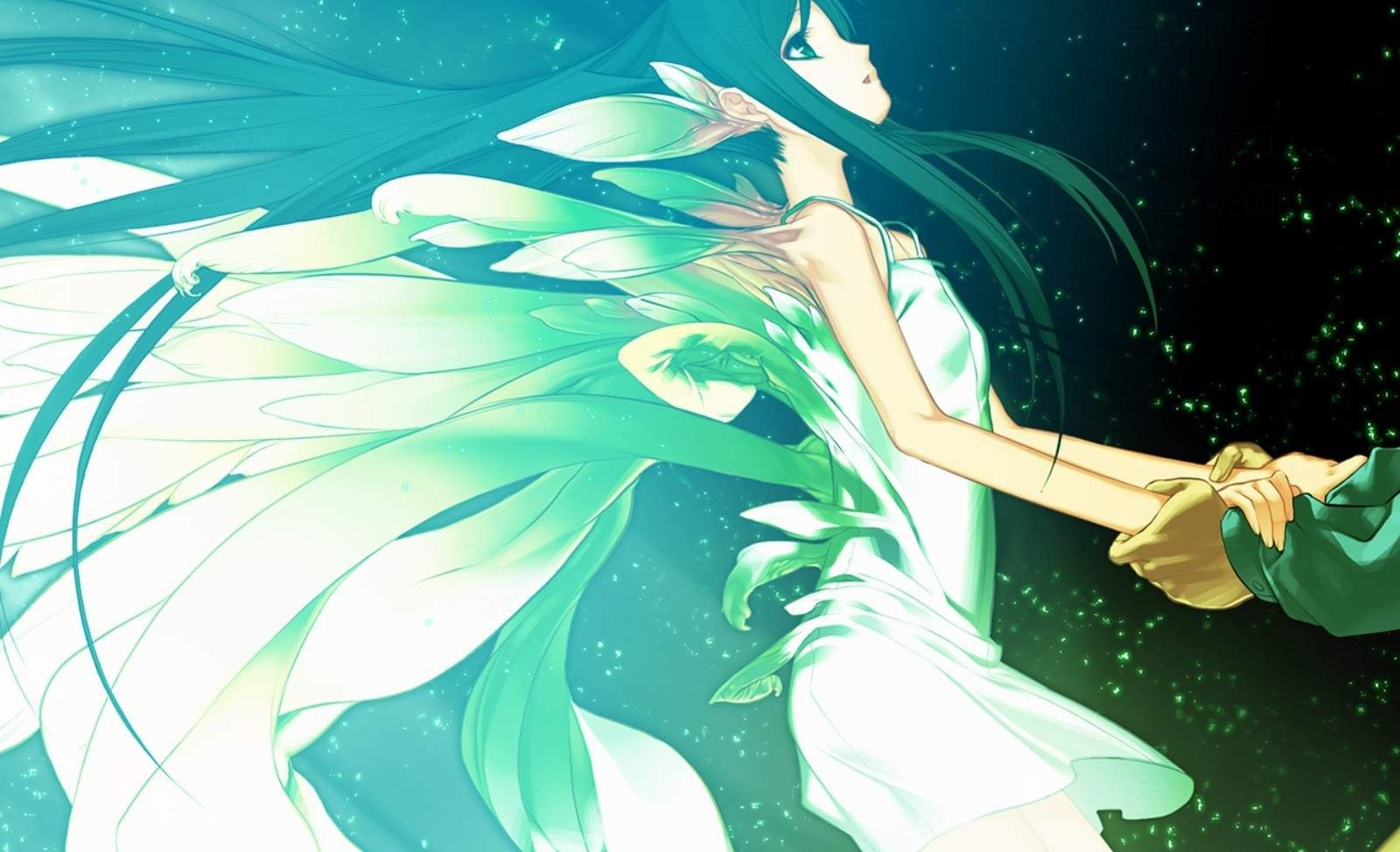

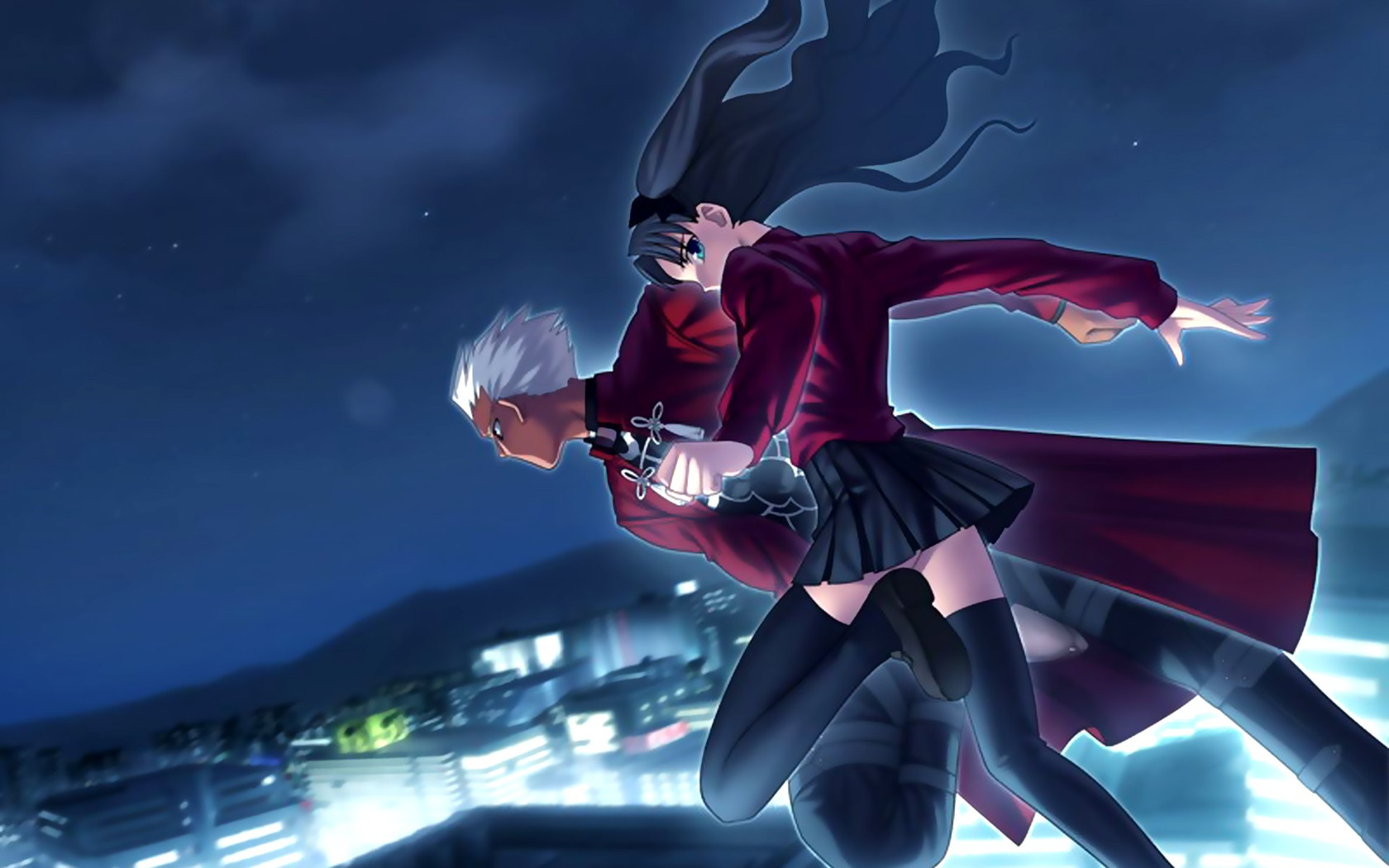
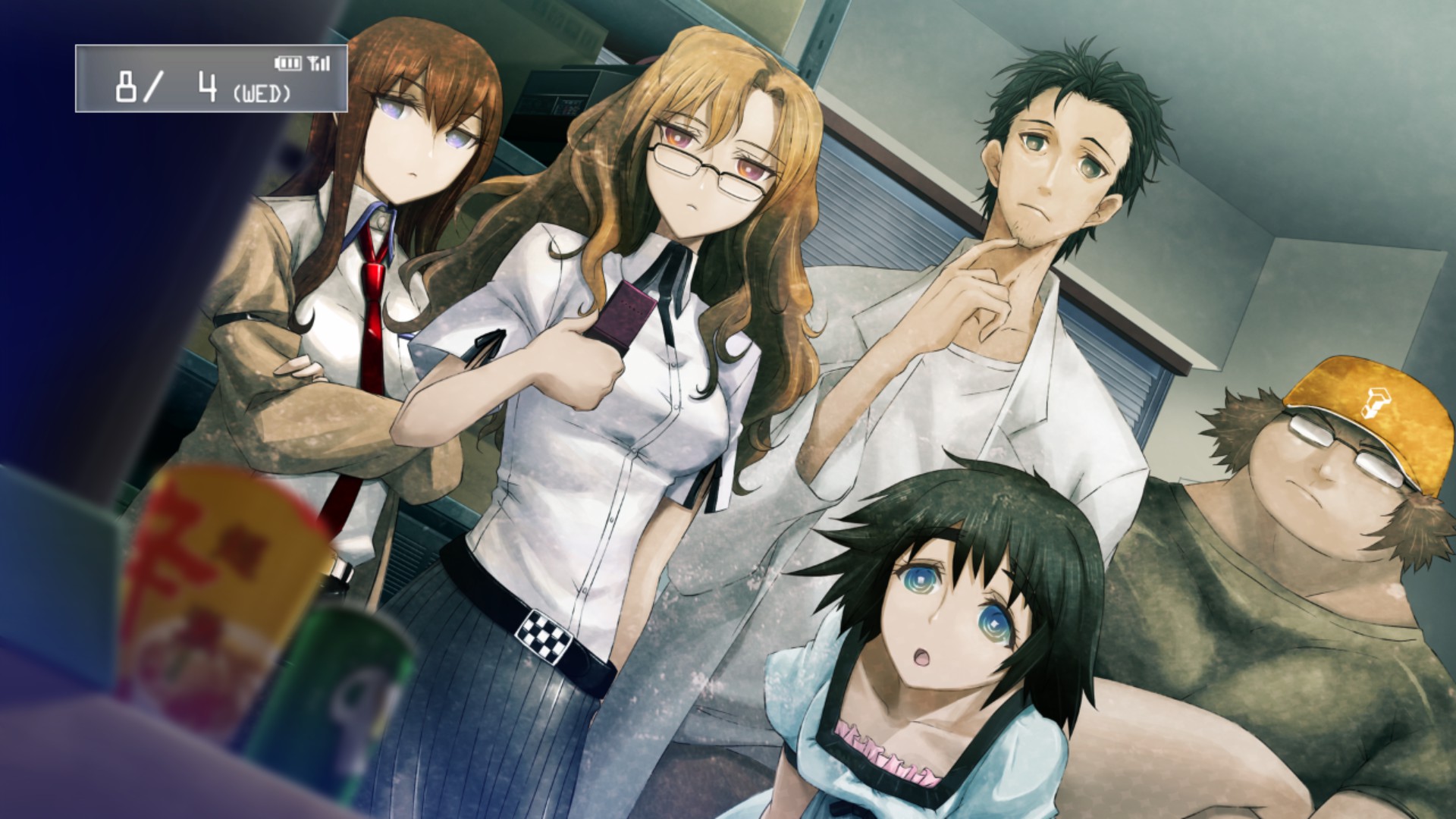
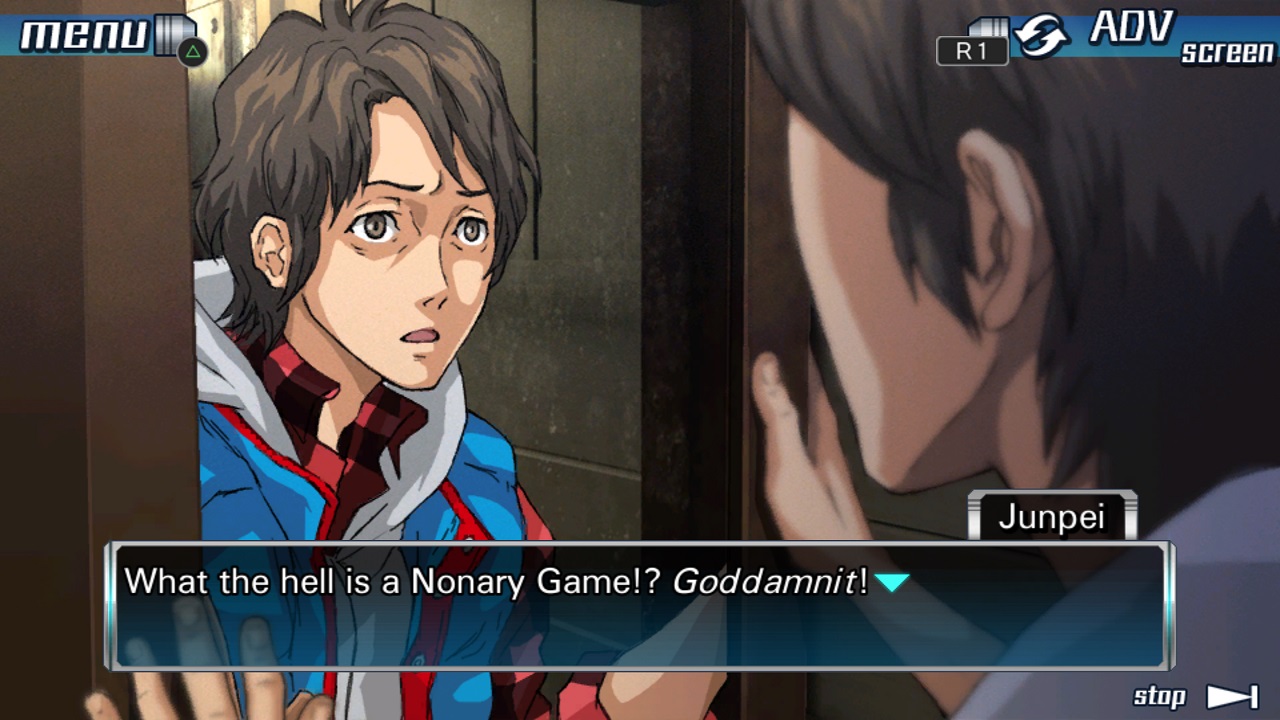
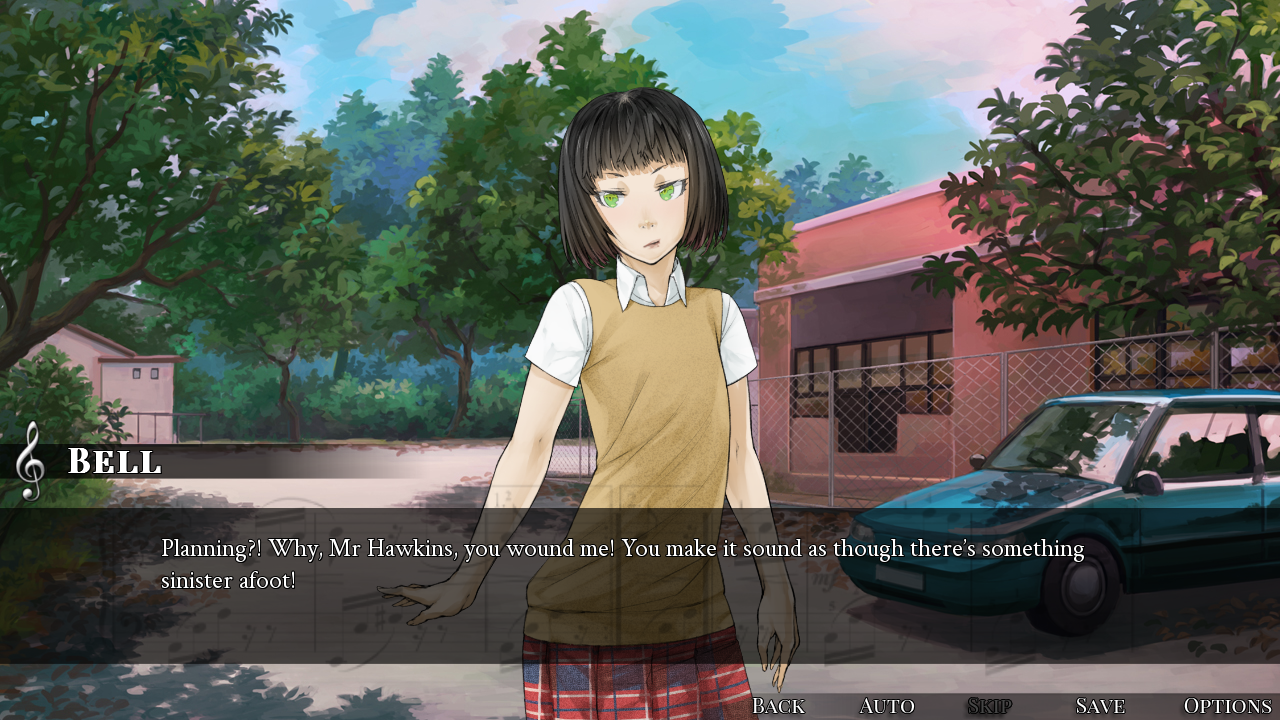

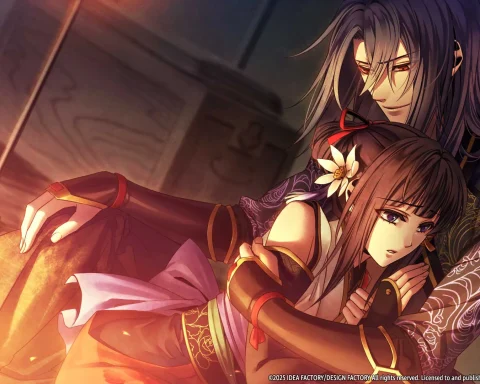
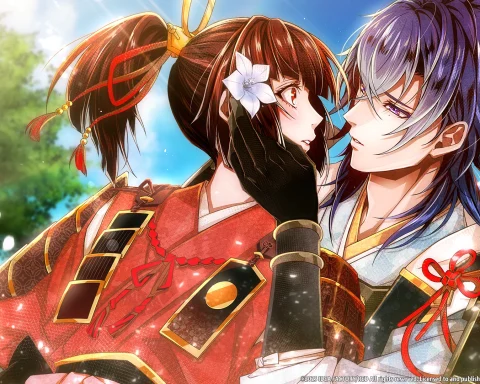
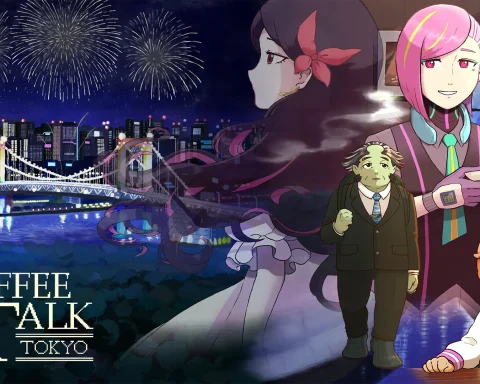
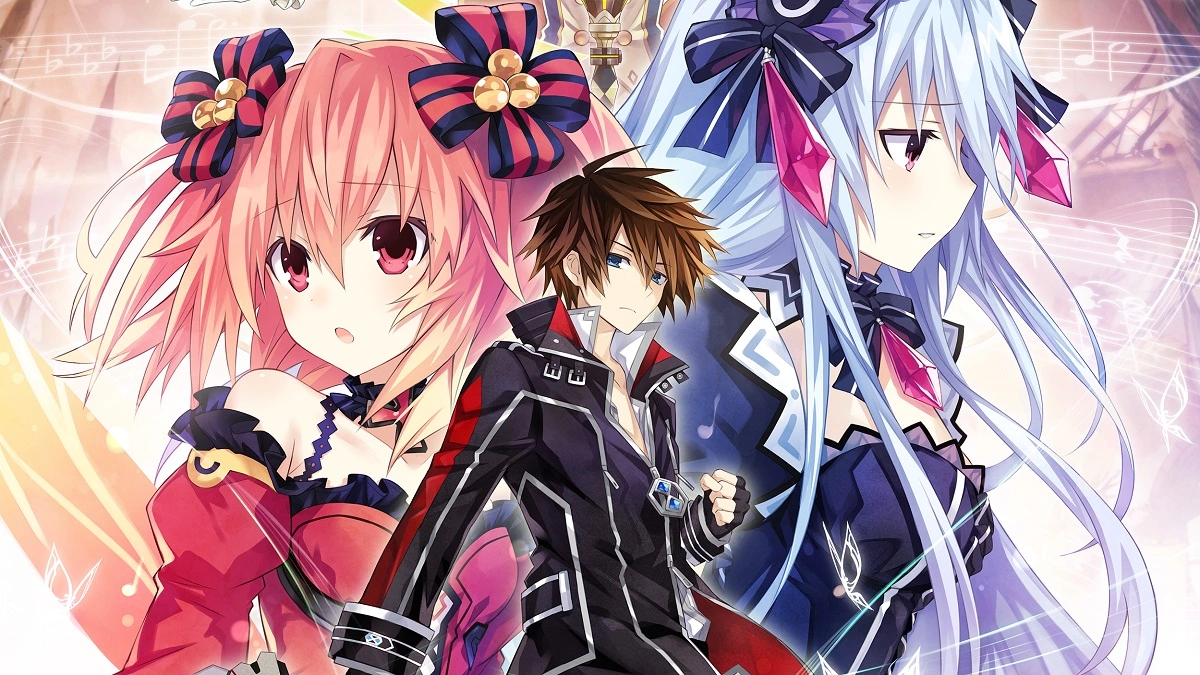






Awesome subject.
I argued with friends about many endings to movies and TV-shows about the positivity and beauty behind certain “bad-endings” (Saya-no-Uta is a great example for this).
Also, Catherine managed to make me feel as if I really deserved the ending I got, making me actually want to work on myself as I thought this specific ending was revealing a flaw in what I was expecting in relationships.